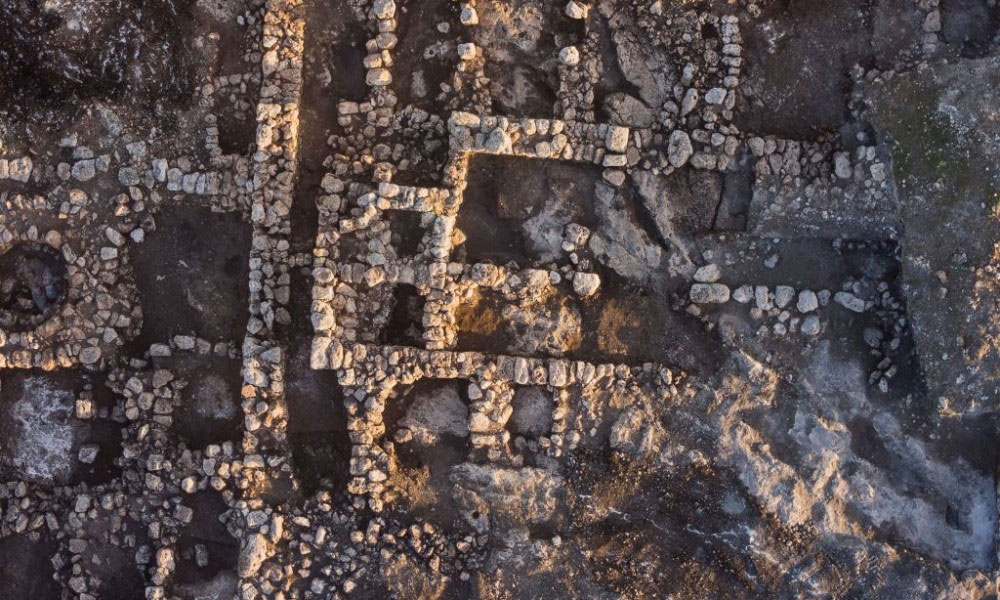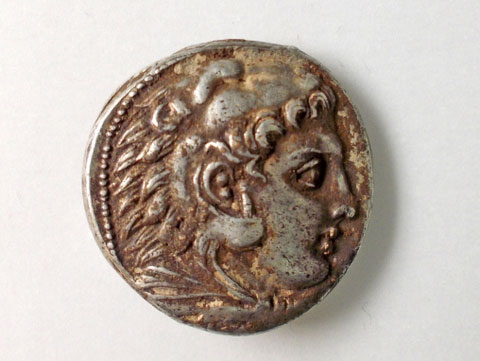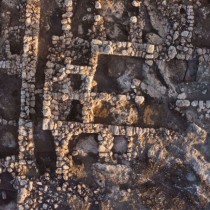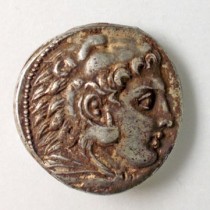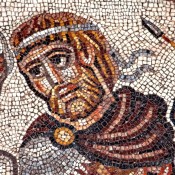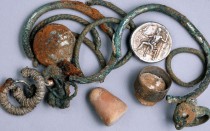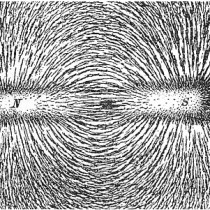An impressive 2,800-year-old farm house, which comprised 23 rooms, was exposed recently during archaeological excavations conducted by the Israel Antiquities Authority in Rosh Ha-‘Ayin. According to Amit Shadman, excavations director: “The farm, which is extraordinarily well-preserved, extends across an area of 30×40m and was built in the 8th century BCE, the time of the Assyrian conquest. Farm houses during this period served as small settlements whose inhabitants participated in processing agricultural produce. The numerous wine presses discovered in the vicinity of the settlement indicate the wine industry was the most important branch of agriculture in the region. A large silo, which was used to store grain, shows that the ancient residents were also engaged in growing cereal.”
According to Shadman the building continued to be used during the Persian period (also known as the time of the Return to Zion) in the 6th century BCE, and in the Hellenistic period, which began in the country with the arrival of Alexander the Great. With Alexander’s victory over the Persian army in 333 BCE he embarked upon numerous successful military campaigns. His campaign in Israel did not encounter any special difficulties and the country opened its gates to the great warrior.
Evidence of Greek presence in the region was found in the building in the form of a rare silver coin bearing the military leader’s name – ΑΛΕΞΑNΔΡΟΥ. One can also discern the image of the god Zeus on that side of the coin, while the head of Heracles appears on its reverse.
During the Ottoman period a lime kiln was dug into the structure, while the building’s stones were used as raw material.
In light of this impressive building’s excellent state of preservation, the Israel Antiquities Authority and Ministry of Construction decided that the site should be preserved in situ and opened to visitors.
